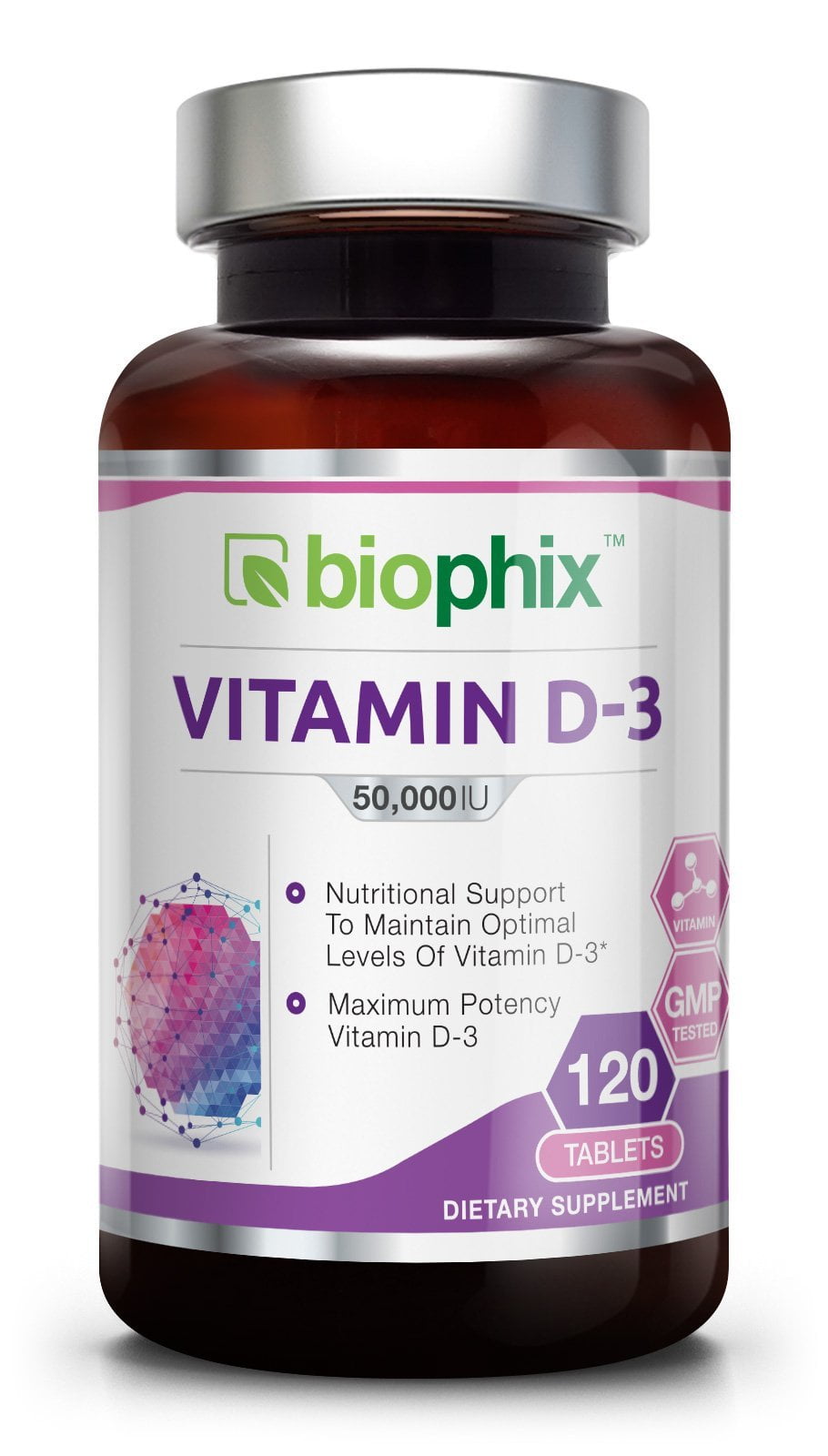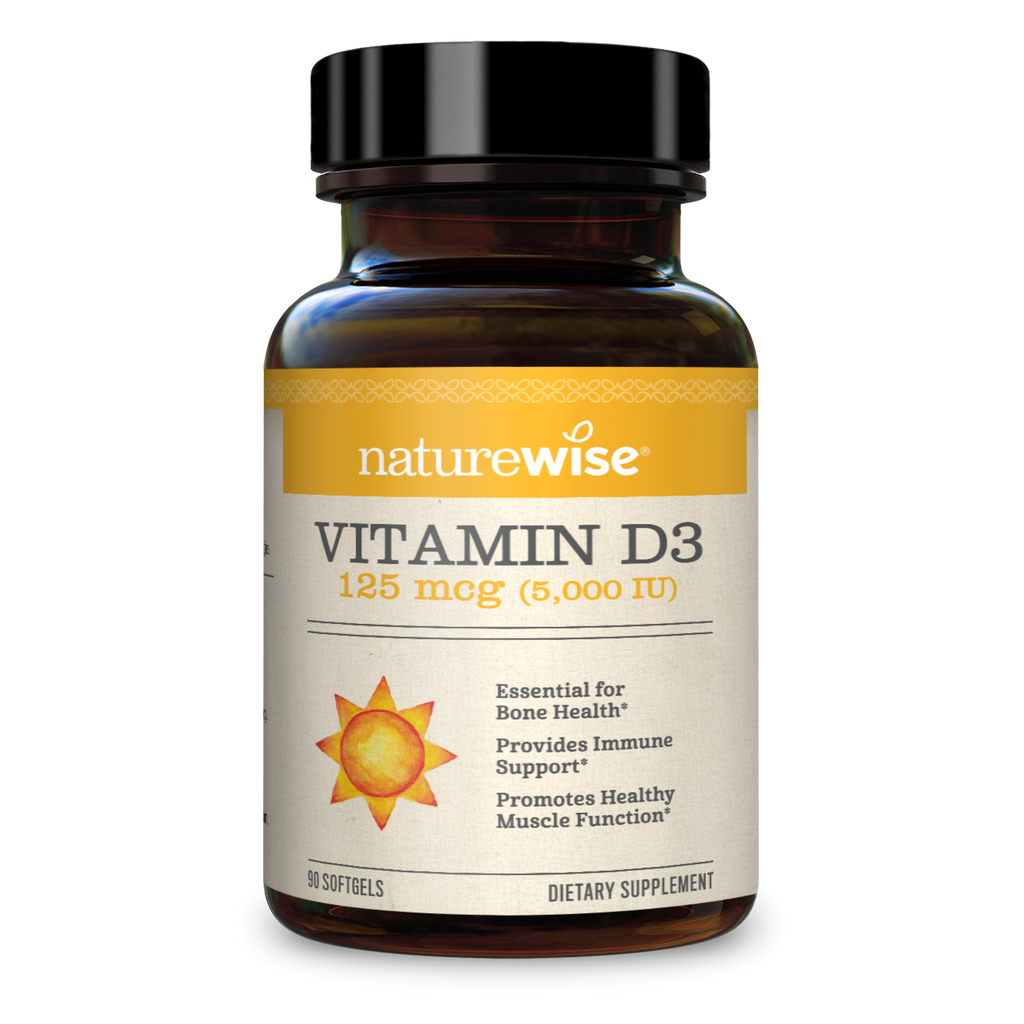
This interpretation is consistent with the results of numerous studies, showing significant negative correlation between baseline 25(OH)D level and response to treatment and non-linear response of 25(OH)D level to increasing doses of vitamin-D. We previously noted that the D2-associated decrease in 25(OH)D3 level correlated with the increase in 25(OH)D2 level and baseline 25(OH)D level and that when baseline 25(OH)D2 level was measurable (one case), D3 treatment resulted in a similar decrease in 25(OH)D2 level, suggesting that the D2-associated decrease in 25(OH)D3 level may merely reflect a response to increasing 25(OH)D level. The underlying mechanisms of D2-associated decrease in 25(OH)D3 level have not been clearly identified. Further, despite its effectiveness in raising 25(OH)D2 and 1,25(OH) 2D2 levels, D2 supplementation has been associated with a decrease in 25(OH)D3 and 1,25(OH) 2D3 levels. ĭ2 and D3 differ in their affinity to hepatic 25-hydroxylase and circulating vitamin-D binding protein, inactivation by 24-hydroxylation, and plasma half-life. Nevertheless, their relative potency in increasing total 25-hydroxy vitamin-D (25(OH)D), the best marker of vitamin-D status, continues to be controversial.


Their active dihydroxy metabolites, 1,25-dihydroxyvitamin D2 (1,25(OH) 2D2) and 1,25-dihydroxyvitamin D3 (1,25(OH) 2D3), are comparable in binding to vitamin-D receptor, and their 25-hydroxy (25(OH)) metabolites, 25(OH)D2 and 25(OH)D3, are comparable substrates for kidney 1-alpha hydroxylase. Both ergocalciferol (vitamin-D2, D2) and cholecalciferol (vitamin-D3, D3) are commonly and effectively used to prevent and treat vitamin-D deficiency.


 0 kommentar(er)
0 kommentar(er)
